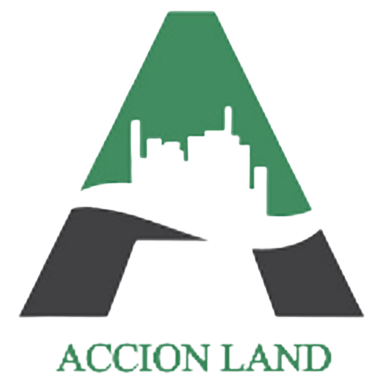Urbanization is often referred to as the development of human habitats in todays’ world. One of the major characteristics of urbanization includes the change of natural land cover with dense concentrations of built environment i.e. buildings, pavementand other surfaces. These surfaces absorb and retain heat causing Urban Heat Island Effect. Urbanization whilst intends in providing quality of life for humans, also has a flip side which along with other human activities is equally responsible for Climate Change.
The implications of the same are being experienced by the entire world as it has been witnessing new records of summer temperatures. Recently, there have been many studies and reports worldwide on the prevailing heatwaves and their impact on various resources.
Throwing the light on the same, this article shares the experience of our drone team that has been working in different areas of Ahmedabad since February 2022 for collecting data required for a project on 3D building energy models. Over the months, team have experienced a drastic change in the temperature patterns across the city. The summers are getting so hotter that it becomes very difficult for team members to work continuously standing below the sun thereby resulting in the reduction of the working hours on daily basis. This, at the same time, delays the work and causes health problems. Moreover, apart from how it affects the productivity of our manpower, we have seen the adverse effects it has on our drones and other equipment. As per the standards, our drones could fly up to a maximum temperature of ~50OC. But, have you ever wondered what would be the condition when a drone is flying at 50OC for more than an hour? Would the temperature still be recorded as 50OC? Obviously not! As a result, we have noted many incidents of drone failures during the heat waves this summer leading to social as well as economic losses.
TALKING IN NUMBERS
The map below shows the land surface temperature of Ahmedabad City, for the month of February and May 2022 respectively. As clearly visible, there has been an almost 30%-40% increase in areas with higher temperatures over the months indicating the amount of heat currently prevailing in the city. This has resulted in decrease of 20% in terms of productivity and 30% in working hours


